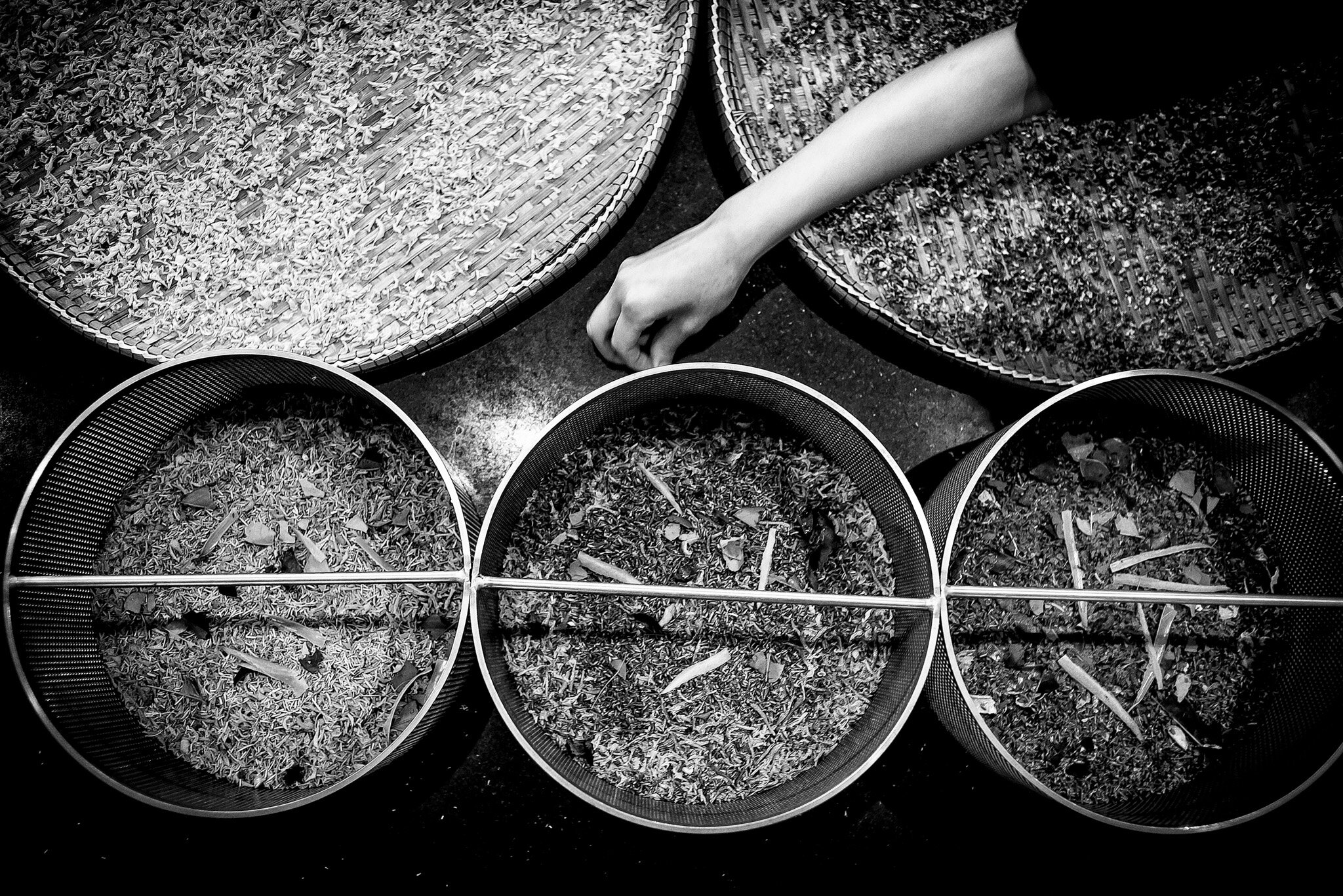In a roomful of chest-high barrels, Amy Koh, 32 is up on a ladder.
Like a seasoned aircraft pilot, she is navigating the dozens of unlabelled knobs and levers of the 3-metre tall copper still named “Nala”, turning this and flicking that, to perfect the flavour of the final produce.
This is a typical day at the Singaporean gin distillery called Brass Lion.
Opening a metal-rimmed glass window resembling a submarine hatch, Amy pours in a barrel of ethanol mixed with botanicals - called the “wash”. This is heated up, continually swirled and evaporated.
When the “wash” condenses, it becomes gin.
The distillation takes 7 hours, and Amy has to pay close attention to the entire process so that she can make appropriate cuts of the “heads”, “hearts” and “tails” - the first, second and last phases of gin production. Only the “hearts” are bottled.
Amy, a certified public accountant, spent 7 years in auditing prior to becoming the Head of Manufacturing at Brass Lion. She confesses her love for cooking and as a child, she had always preferred cooking shows to cartoons.
“I guess that’s why our gin is a labour of love. It’s like cooking. Even with a recipe, you cannot replicate the exact taste of a dish.”
The gin distillery, which opened in 2018, is the brainchild of Jamie, Amy’s elder sister.
To get the gin exactly right, the 150-litre copper hybrid still that produces the spirit was customised, commissioned and imported from Germany - nuts, bolts and pipes - from renowned copper smiths Arnold Holstein.
The hefty investment in Nala (named after the famed lioness in The Lion King), costing 5-10 times more than widely available automated stills, reflects a certain obsession for perfection at Brass Lion. The fine beast of a still took six months to customise and nine months to build. In fact, the German makers were flown in to Singapore to oversee the assembly process, which took about a week.
“ Automated stills also don’t allow for tweaking - you press the button, put in the ingredients and out comes the product. There is no room for the distiller to intervene in the production of the batch to influence the final product.”
“Back in my school days, I enjoyed both art and science. Distilling gin is a combination of art and science. Similar to molecular gastronomy, distilling is cooking with chemistry, and I love it.”
Brass Lion typically produces up to 90 litres of gin a day – or 180 half-litre bottles. The main ingredient, juniper berries, are imported from Macedonia. Of the 22 herbs and spices, including tamarind, torch ginger flower and mandarin orange peel, most can be sourced locally, some even taken from their own herb garden.
The emphasis on the personal touch is apparent. Even during meetings and presentations, it is common to see staffers, including Amy, shaving lemon rind by hand.
“The thickness of the rind has to be just right, not too thick or thin. It makes a difference to the final taste of the gin.”
Sisters Jamie and Amy Koh peeling lemon rind while having a chat at the benches.
Brass Lion Distilley is located at 40 Alexandra Terrace, and more information can be found at www.brassliondistillery.com














